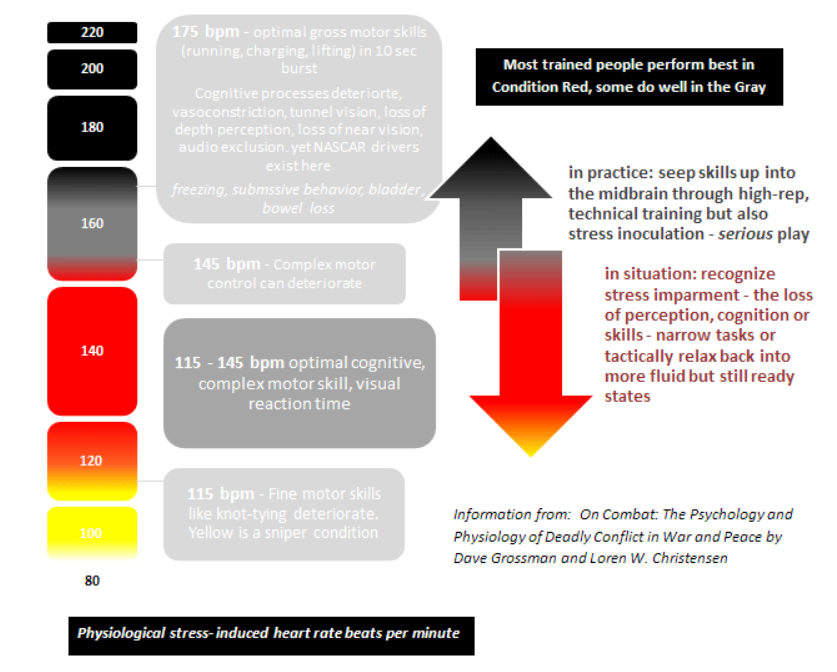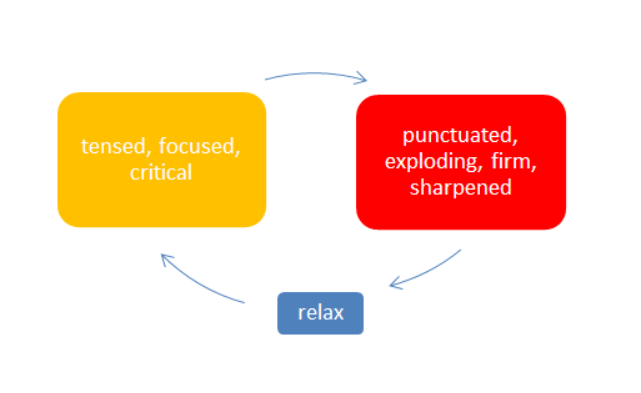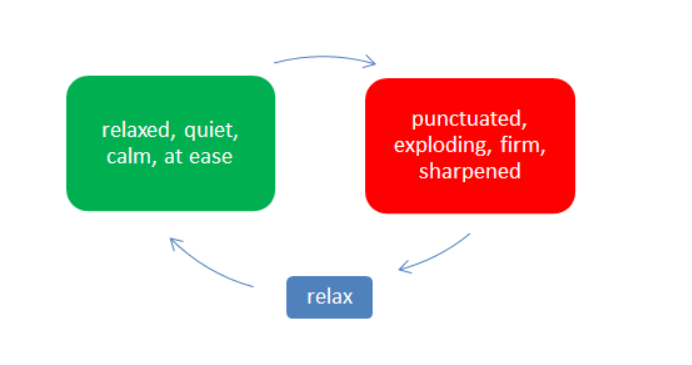Leaderboard
Popular Content
Showing content with the highest reputation on 07/10/2024 in all areas
-
There is an embodied contradiction for many from the West who train in Muay Thai in Thailand. 1. You are told to relax, relax, relax, to train everything in a relaxed, flowing manner. 2. But when you are in the ring, you are quite stressed (even afraid) & trying to create movements out of states very different. The training is "correct" in that you want to move toward relaxed, flow-worthy conditions, but the real world states you fight in are very far from conditions of that practice. All those triggers amid balance and rhythm do not trigger when your body is in a very altered state. Thais train & fight from a young age, so much of that fear & stress is worked through at a much more fundamental level. For young Thais tamachat (natural) training prescriptions work quite well in extemporaneous play and basic repetitions, as you also learn to fight and dispel fear before you have grown into adulthood. In this sense Thai trainers who have developed in this longer path really don't understand the tension & fear of many adult Westerners, and usually find it quite humorous. Some of this Western tension is acculturated in how Westerners hold stresses and symbolically express themselves bodily, but much of it also comes from not entering those relaxed training states in early youth in the context of fighting. The challenge for the Westerner training in Thailand is to find triggers for all those relaxed flow actions also in very tensed states, if you wish to fight. (That's why memorized combos can work as a kind of hack, they mechanize the stress/fear.) But, if you want to get to genuine Thai fluency in the art, you need to find much more complex mappings from your quieter practice to your stressed and fearful states. "Why don't I fight how I train?" is answered in this gulf. And its not enough to just train in stressed conditions, for instance lots of hard sparring, or very physically stressed padwork, as fluency requires quiet and natural movements. Lots of hard sparring or excessive power training can also produce bad stress-reaction habits. Ease is key to the Thai style...and really its brilliance & efficacy. Some of this can be thought about and trained in terms of heart rates, purposely bridging heart rates, building awareness of shifts in zones of intensity and tension. Sylvie (with some co-authorship with me) wrote about this in There Ain't No Thing As Tough: Psycho-Physio Plateaus in Fight Stress which contained this graphic: A Western fighter in Thailand, especially one that comes to fighting as an adult but really any Western fighter who has already been trained in Western patterns of tension (for instance any bite-down types of aggression or strike making), has a burden of building this awareness on their own, because Thai traditional training can be designed to already assume certain capacities for ease and relaxation when under stress. Additionally, moving away from "precision chasing", a frequent motivation for Western fighters enamored with the beauty of Thai style striking, is also something which can help. Excessive precision, bio-mechanical tracing and fine-graining can build in different stress-to relaxation patterns than what is ideal and most effective in Thailand's Muay Thai. Some of that is written about here: Precision – A Basic Motivation Mistake in Some Western Training. The two patterns, Western and Thai, shown below: There is an overall challenge for the Western fighter in Thai training: How to train towards more and more relaxation and natural flow, but also to build in contexts of stress and agitation which are going to invade your body in fight contexts much more than your Thai counterpart. In a certain sense you have to train toward tension, all the while you are learning how to be less tense. It is a kind of scissors. When I say you can't train exactly like a Thai, I don't mean that Thai traditional training is deficient. It is only that it is developed to work with an affective-material (persons) often very different than you. The kaimuay practice actually contains all sorts of all sorts of lessons and micro-techniques that inform a proper path toward Thai style brilliance, everything from ways of breathing, to modes of relaxation during arduous struggle, ruup-forms of posture and display, hidden affect-techniques that will never been directly taught. It's just that as a different sort of fabric its best to keep in mind that all these lessons also have to be graphed onto bodily fight states that may not match a Thai fighter. Greater tension, greater stress, even greater fear. So thinking about this mapping and the states you will find yourself in can be of benefit.1 point
-
Yodkhunpon and the art of shadowboxing, above Yodkhunpon, show motion shadowboxing, above1 point
Footer title
This content can be configured within your theme settings in your ACP. You can add any HTML including images, paragraphs and lists.
Footer title
This content can be configured within your theme settings in your ACP. You can add any HTML including images, paragraphs and lists.
Footer title
This content can be configured within your theme settings in your ACP. You can add any HTML including images, paragraphs and lists.


